IN THIS POST
– Cleaning
– Sanitising
– Disinfecting
– Cleaning vs Sanitising vs Disinfecting
– What Should You Be Doing?
Do you use the terms cleaning, sanitising or disinfecting interchangeably? If so, you’re in for a surprise because cleaners, sanitisers and disinfectants are all quite different.
Owing to the sharp increase in the cases of coronavirus in Pakistan as well as the rest of the world, health officials and experts are imploring the public to pay special attention to their health and hygiene. While washing hands with soap and warm water for 20 seconds is definitely one of the best (and easiest) ways to fight against the potentially deadly virus as per the Centres for Disease Control and Prevention (CDC) in the United States, you may have also heard suggestions to keep your home to clean with the words sanitise and disinfect being tossed around randomly.
Since a lot of people are unaware of the differences between cleaning, sanitising and disinfecting, we’ve put together a handy guide explaining their distinctions that will help you determine which products will effectively help you prevent coronavirus at home.
Cleaning
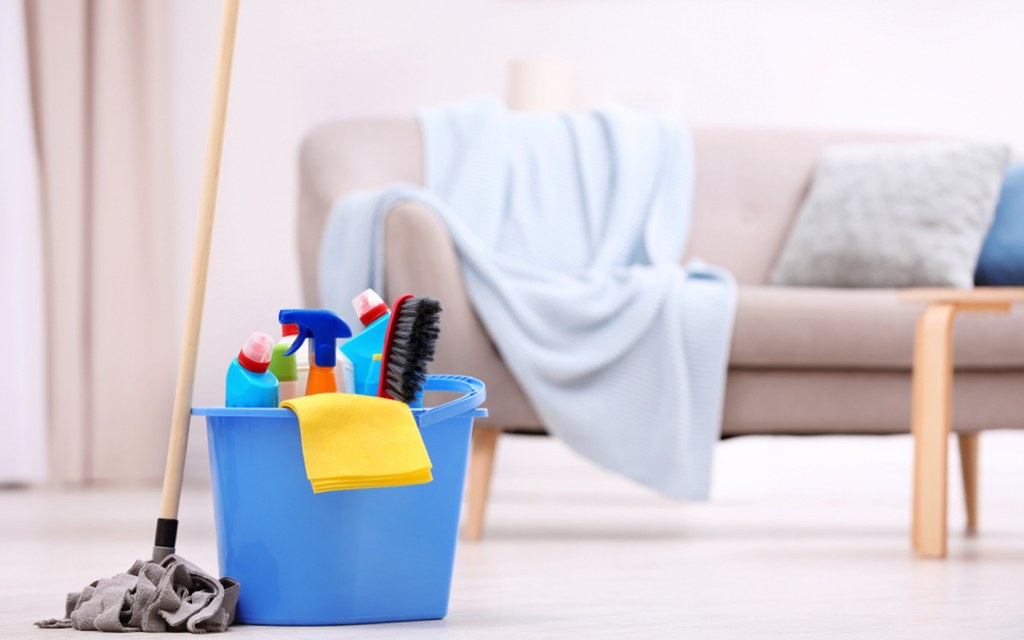
Cleaning is a generic and all-encompassing term that is widely used for both sanitising and disinfecting. However, ‘to clean’ simply means to get rid of any visible dust, dirt or debris that may have accumulated atop a surface. Organizing and keeping things in their correct place is also referred to as cleaning.
Mostly, people use a solution of water and soap or store-bought chemical solutions to clean their furniture, wipe down kitchen counters, wash bathroom sinks, and remove stains from the couch among other things. The thing is, cleaning doesn’t always kill germs, bacteria and infectious microbes. Even if your place looks meticulously-clean and spotless, there is still a good chance it is contaminated with a host of viruses.
Sanitising
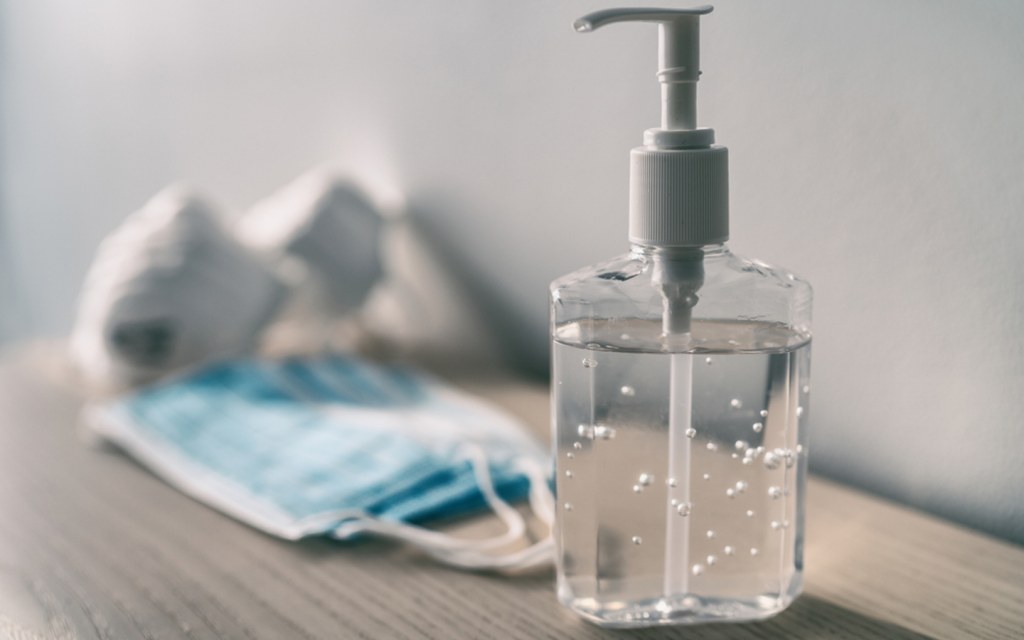
Sanitisation reduces the number of germs contaminating an area to a safe level. So, if you use a sanitising product to clean a surface, you will be reducing the germs that can be harmful to your health.
Amid the COVID-19 outbreak, the demand for hand sanitisers and sanitising wipes has increased to a great extent. While using these products will certainly protect you from certain bacteria, germs and fungi, they aren’t very effective against the flu and other viruses. One of the main reasons behind this is that viruses are much smaller than bacteria. Also, unlike bacteria, almost all viruses cause some kind of disease – for instance, the common cold.
However, that being said, cleaning your hands with a sanitiser comprising at least 70 percent isopropyl alcohol can minimize your risk of falling sick from coronavirus. In case you can’t find one in your local supermarket, here is a detailed guide on how to make hand sanitiser at home that will help you out.
Disinfecting
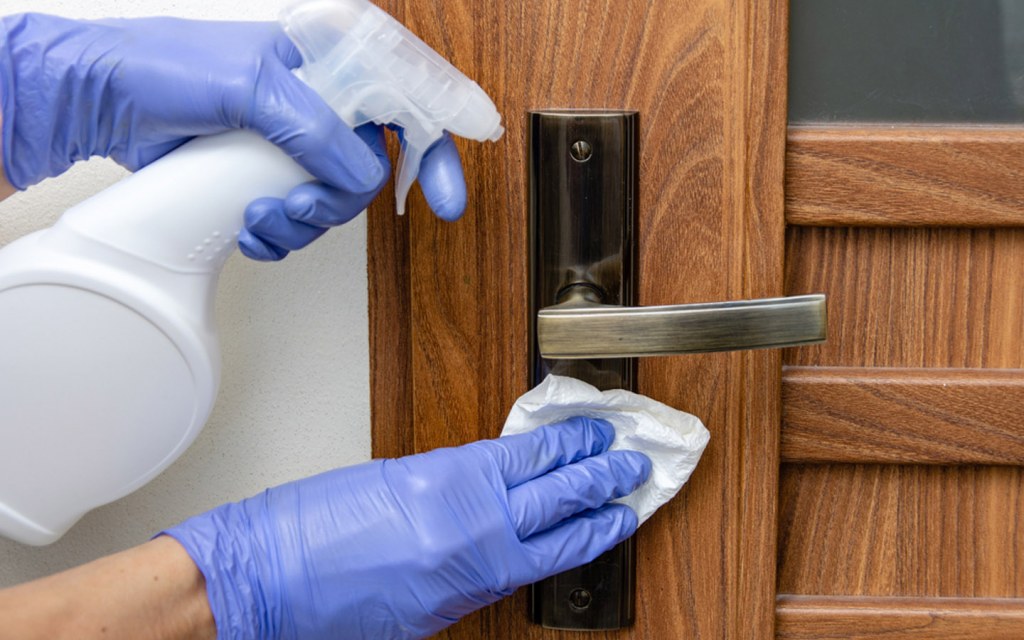
Disinfecting a surface means killing all pathogens – bacteria, fungi and viruses – contaminating that particular area. It is suitable for surfaces that are touched frequently in the house, such as doorknobs, light switches, cabinet handles and mobile phones, to name a few.
Disinfecting products, which have to be approved by certain medical bodies, stop microorganisms spreading. However, they don’t always remove stains and dirt from the surface. Therefore, it is pertinent to clean a surface before using a disinfectant to kill the hazardous viruses it may be harbouring.
Disinfecting your home if someone is sick is extremely important. Similarly, if one of your family members has a weak immune system, it is recommended to regularly disinfect the most-touched surfaces in the house to ensure their safety and good health.
Cleaning vs Sanitising vs Disinfecting
As per the CDC, the life span or coronavirus varies from surface to surface. Therefore, if you want to keep your home clean and free from coronavirus, you should start by learning the basic differences between cleaning, sanitising and disinfecting.
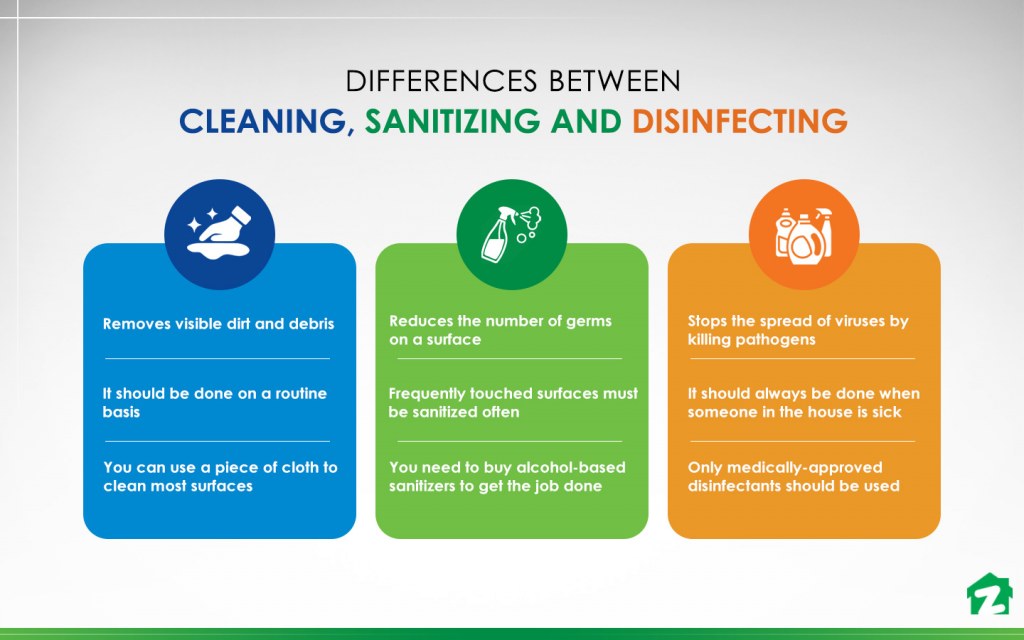
Cleaning should occur on a regular basis. It not only get rids of first and dust in the house, but cleaning your place on a daily or weekly basis would ensure it looks nice and tidy, keeps pests and bugs under control, reduces the growth of mould and other harmful organisms, and more importantly, increases the lifespan of your household items.
You can check out our ultimate home deep cleaning checklist to learn more about the topic.
Meanwhile, sanitising products are supposed to be used on surfaces such as cell phones, doorknobs, staircase railings, light switches, countertops, bed sheets, and your laptop keyboard since they are touched quite frequently and could be harbouring harmful germs. You can sanitise your household items on a weekly basis, or as needed.
On the other hand, you should use a disinfectant to kill viruses and other microorganisms in your home when someone is sick, if someone is suffering from a weakened immune system or if there is a widespread outbreak like the present coronavirus pandemic. You should also disinfect your clothes to prevent the spread of the virus.
It is pertinent to follow the usage instructions printed on the label of the disinfectants if you wish to stop the spread of viruses because not following the directions will only result in a false sense of security. Moreover, experts warn against overuse of disinfectants, so you must be careful while handling such products.
Now that we’ve explained their distinctions, let’s discuss whether one should be cleaning, sanitising or disinfecting during the COVID-19 pandemic.
Should You Be Cleaning, Sanitising or Disinfecting Your Home amid COVID-19 Outbreak?
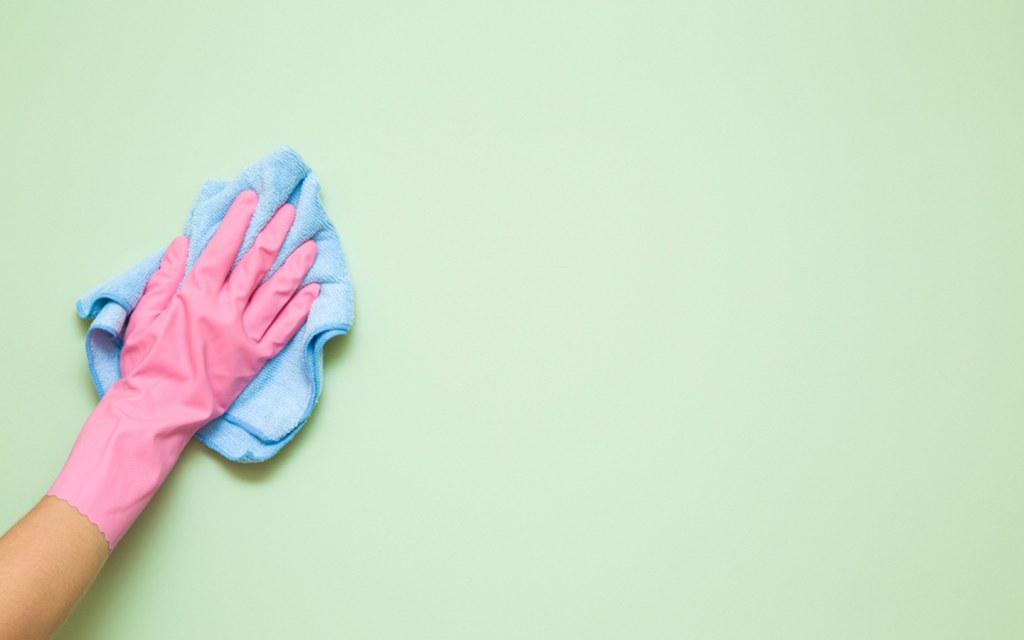
In order to keep your home clean and free from coronavirus and other pathogens, you must include sanitisation and disinfection in your daily cleaning routine. It is important to mention that scrubbing household surfaces such as countertops and sinks with a solution of warm water and soap is one of the most effective tips for keeping your home clean in the time of COVID-19. You can also use a solution of bleach and cold water to get the job done. Furthermore, as mentioned above, make sure the sanitiser you are using contains at least 70% isopropyl alcohol.
Since electronic items such as mobile phones, laptops and remote controls cannot be cleaned with water and soap or a bleach solution, you should use disinfecting wipes to thoroughly clean these devices.
If you’re looking for more advice on how to prevent the spread of coronavirus in your home, here are some tips for keeping your home clean in the time of COVID-19 that you must check out.
In the meantime, you can find out more about the government’s effort to tackle COVID-19 in Pakistan and learn where to get tested for the virus across the country in our in-depth guides on the topic. In case you have questions about the dos and don’ts of social distancing or want to learn how to act responsibly during the pandemic, stay connected to Zameen Blog for more information.
You can write to us on blog@zameen.com and subscribe to our newsletter on the right to stay up-to-date about lifestyle, home décor, construction, and real estate trends in Pakistan.



